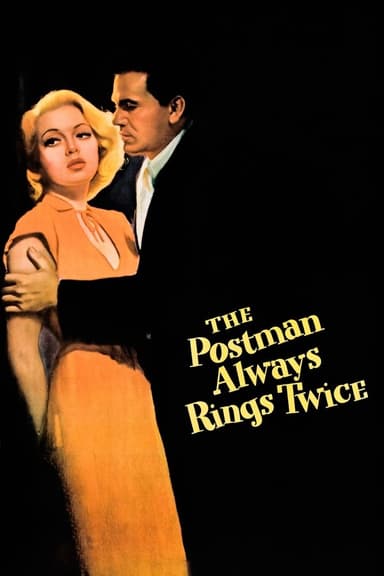
In a Lonely Place
1950 • Drama, Mystery, Romance, Thriller • NR
A violent screenwriter and a female neighbor fall in love after she clears him of murder, but she begins to have second thoughts.
Runtime: 1h 33m
Why you should read the novel
Before you watch the classic film, dive into Dorothy B. Hughes' gripping novel, In a Lonely Place. The source material delivers a haunting psychological portrait that delves deeper into its protagonist’s mind than the adaptation ever could. By reading the original book, you gain insight into the nuanced, suspenseful storytelling that laid the foundation for the film but with a richer, more immersive literary experience.
Dorothy B. Hughes' In a Lonely Place is a cornerstone of noir fiction. The book brings readers directly into post-war Los Angeles, providing textured descriptions and psychological complexity that are only hinted at in the movie. Hughes’ atmospheric prose enhances the noir setting, drawing you into a world of suspicion, obsession, and moral ambiguity that must be experienced on the page.
Fans of psychological thrillers and noir classics will find immense value in reading the novel. The sense of unease and chilling suspense in Hughes’ storytelling invites readers to piece together the mystery at their own pace. By choosing the book, you are engaging with the very source that inspired the film, uncovering layers of character and story that the screen version only touches upon.
Adaptation differences
One of the most significant differences between the film adaptation of In a Lonely Place and Dorothy B. Hughes’ novel lies in the portrayal of the main character, Dix Steele. In the book, Dix is an unambiguous serial killer, his predatory behavior and inner turmoil central to the story’s tension. On the other hand, the movie, starring Humphrey Bogart, shrouds Dix’s guilt in ambiguity, leaving audiences questioning his involvement in the murder, which fundamentally changes the viewer’s emotional journey and the narrative’s moral stakes.
The film also shifts the story’s focus from the psychology of a killer to a doomed romantic relationship. While the book is a chilling exploration of Dix’s psyche and his interactions with the investigation and those around him, the movie instead highlights the troubled love affair between Dix and Laurel Gray. This change transforms the tone from psychological thriller to romantic drama with noir elements, and drastically alters the story’s core themes.
Another crucial difference is the respective endings. Hughes’ novel concludes with Dix’s culpability exposed and justice ultimately prevailing. The film, however, opts for a more ambiguous, melancholic tone, focusing on the fallout of mistrust and emotional damage rather than strict moral justice. This divergence impacts the philosophical underpinnings of the story, with the book offering closure and the movie dwelling in existential ambiguity.
For readers and viewers alike, understanding these adaptation choices deepens appreciation for both works. The novel’s direct approach to guilt, crime, and punishment invites profound psychological analysis, while the film’s alterations create an emotionally charged, character-driven narrative. Exploring both versions, especially by reading Hughes' original, reveals how storytelling mediums can dramatically alter meaning and impact.
In a Lonely Place inspired from
In a Lonely Place
by Dorothy B. Hughes









